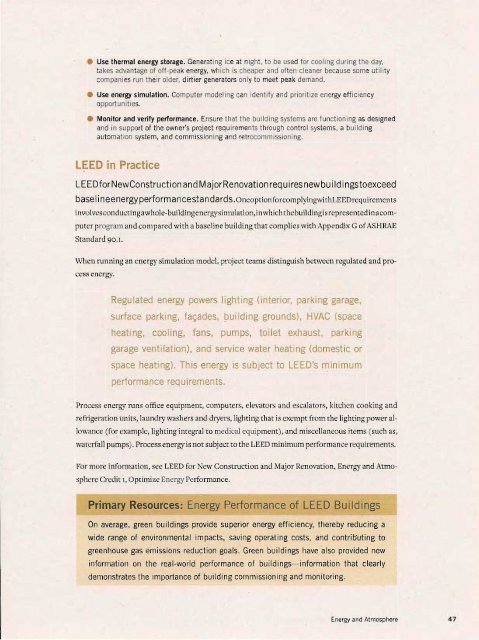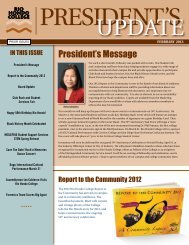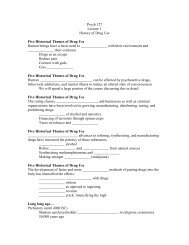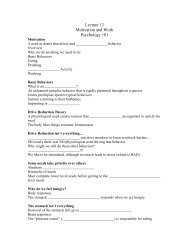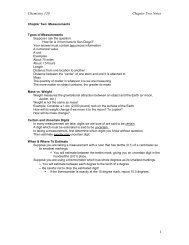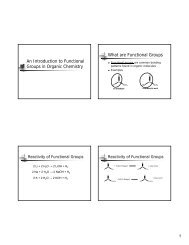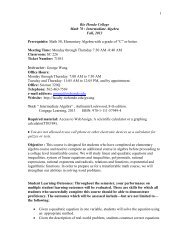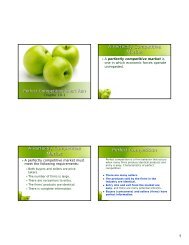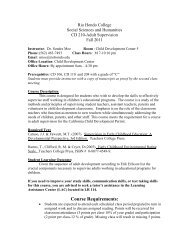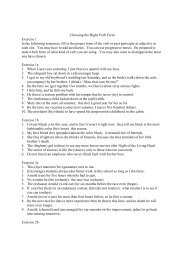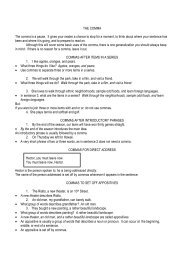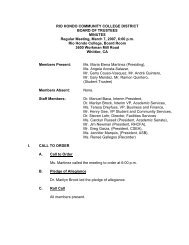Green Building and LEED Core Concepts Guide First Edition
Green Building and LEED Core Concepts Guide First Edition
Green Building and LEED Core Concepts Guide First Edition
You also want an ePaper? Increase the reach of your titles
YUMPU automatically turns print PDFs into web optimized ePapers that Google loves.
• Use thermal energy storage. Generating ice at night, to be used for cooling during the day,<br />
takes advantage of off-peak energy, which is cheaper <strong>and</strong> often cleaner because some utility<br />
companies run their older, dirtier generators only to meet peak dem<strong>and</strong>.<br />
• Use energy simulation. Computer modeling can identify <strong>and</strong> prioritize energy efficiency<br />
opportunities.<br />
• Monitor <strong>and</strong> verify performance. Ensure that the building systems are functioning as designed<br />
<strong>and</strong> in support of the owner's project requirements through control systems, a building<br />
automation system, <strong>and</strong> commissioning <strong>and</strong> retrocommissioning.<br />
<strong>LEED</strong> in Practice<br />
<strong>LEED</strong>for NewConstruction <strong>and</strong> Ma jorRenovation req u ires newbu i Id i ngs toexceed<br />
basel i neenergy performancesta ndards. Oneoptionforcomplyingwith<strong>LEED</strong>requiremcnts<br />
involvcsconducringawhole-buildingenergysimulation,inwhichthcbuildingisrepresentedinacompurer<br />
program <strong>and</strong> compared with a baseline building that complies with Appendix G of ASHRAE<br />
St<strong>and</strong>ard 90.1.<br />
when running an energy simulation model, project teams distinguish between regulated <strong>and</strong> process<br />
energy.<br />
Regulated energy powers lighting (interior, parking garage,<br />
surface parking, fac;ades, building grounds), HVAC (space<br />
heating, cooling, fans, pumps, toilet exhaust, parking<br />
garage ventilation), <strong>and</strong> service water heating (domestic or<br />
space heating). This energy is subject to <strong>LEED</strong>'s minimum<br />
performance reqUirements.<br />
Process energy runs office equipment, computers, elevators <strong>and</strong> escalators, kitchen cooking <strong>and</strong><br />
refrigeration units, laundry washers <strong>and</strong> dryers, lighting that is exempt from the lighting power allowance<br />
(fo~ example, lighting integral to medical equipment), <strong>and</strong> miscellaneous items (such as,<br />
waterfall pumps). Process energy is not subject to the <strong>LEED</strong> minimum performance requirements.<br />
For more infonnation, see <strong>LEED</strong> for New Construction <strong>and</strong> Major Renovation, Energy <strong>and</strong> Atmosphere<br />
Credit I, Optimize Energy Perlonnance.<br />
Primary Resources: Energy Performance of <strong>LEED</strong> <strong>Building</strong>s<br />
On average, green buildings provide superior energy efficiency, thereby reducing a<br />
wide range of environmental impacts, saving operating costs, <strong>and</strong> contributing to<br />
greenhouse gas emissions reduction goals. <strong>Green</strong> buildings have also provided new<br />
information on the real-world performance of buildings-information that clearly<br />
demonstrates the importance of building commissioning <strong>and</strong> monitoring.<br />
Energy <strong>and</strong> Atmosphere 47


